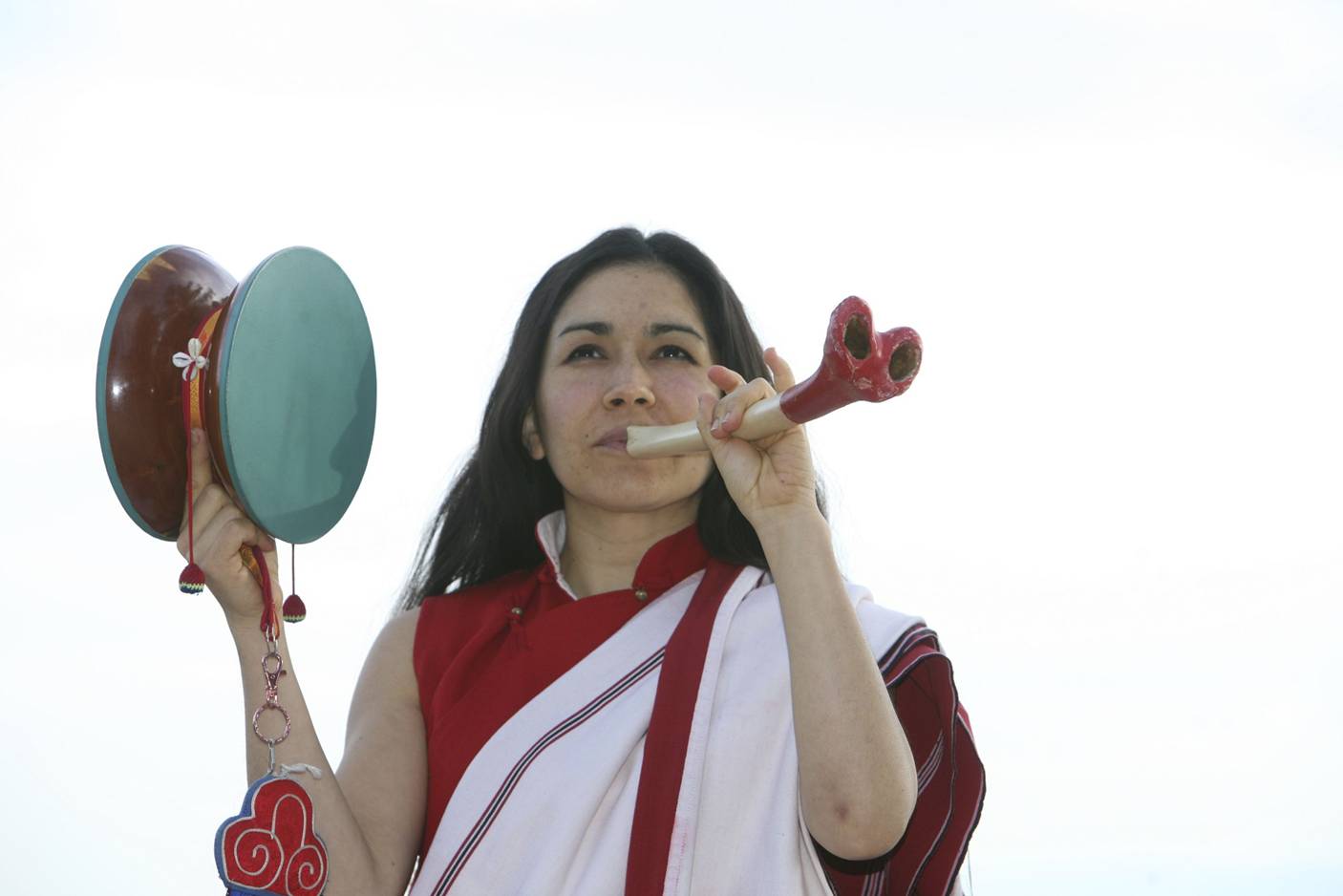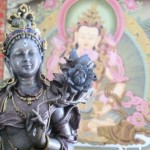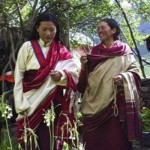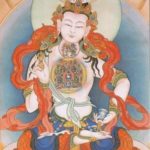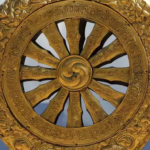Important Buddhist Women Who Made Women’s Rights History Part 2
The Story of Mahapajapati Gotami
The story of the first women’s rights march recorded in history is the march led by Buddhist women for inclusion and equality.
During the early years of the Buddha’s teachings, although he had female students, there was not a monastic order for women. In India at this time, women were not allowed to participate as religious leaders in the dominant religious framework of Brahmanism, whose religious specialists were all men. However, five years after his enlightenment, one of the Buddha’s female followers led a group of women requesting that the nuns order would be created.
This brave woman was a student of the Buddha, and also his close relative. The Buddha’s mother had died in childbirth and he was raised by his aunt, Mahapajapati Gotami. With a motivation to develop spiritually to her fullest capacity, she repeatedly requested that the Buddha create a nun’s order and asked that the nuns be equal to monks. She marched with five hundred women to make this request, in an action called by Karma Lekshe Tsomo, the first women’s right march recorded in history.
The nuns were also supported by a monk, the well-respected disciple and attendant of the Buddha, Ananda. Ananda also advocated on their behalf and the order of the first female monastics was born, the bhikkunis.
The Buddha agreed, and the order of nuns was formed. He acknowledged that women were fully capable of fulfilling the path of awakening. This bold act was radical for the time. It was one of many brave actions of the founder of Buddhism. He also had rejected of the caste system, which was the organizing principle of Indian society at the time but prevented anyone who was not born Brahmin from spiritual training. But the Buddha said it was not one’s birth that determined if one was a Brahmin, it was one’s conduct, meaning that what gave one spiritual energy was based entirely on one’s own action. Thus, the Buddha created a stance for social equality and access to religious practice that was unprecedented for many men and women at that time.
Not only did several of those early female monastics achieve the level of the arhat, texts also record accounts of laywomen, non-monastics who achieved the highest states of awakening.
Sources
Tsomo, Karma Lekshe, ed. Eminent Buddhist Women. Albany: State University of New York Press, 2014. Print.
Havnevik, Hanna. Tibetan Buddhist Nuns: History, Cultural Norms and Social Reality. Oslo : Oxford ; New York: Oxford University Press, 1990. Print.

